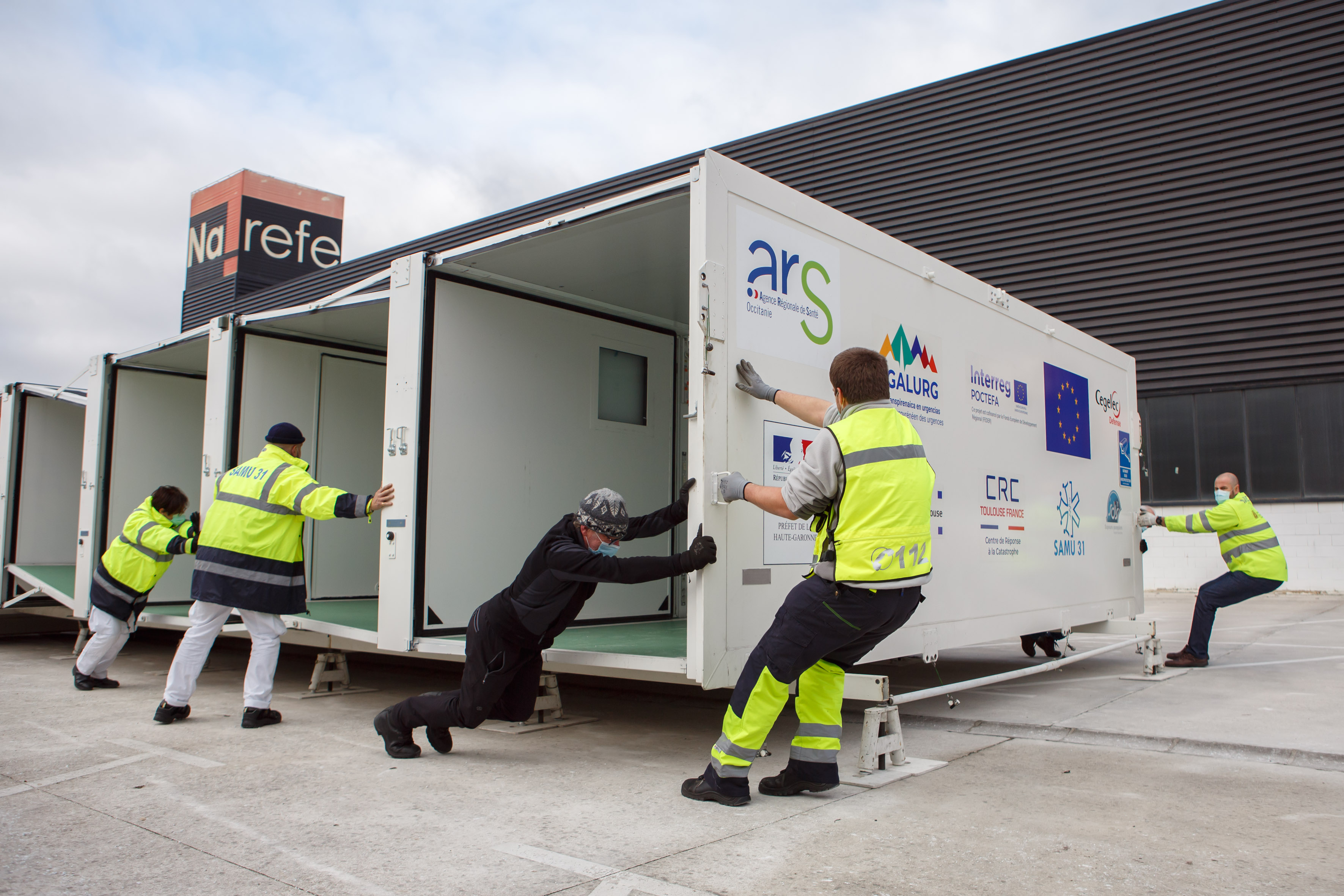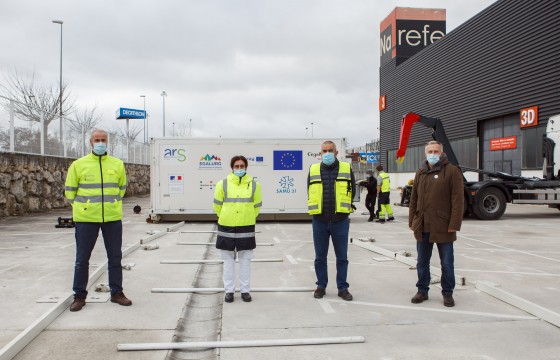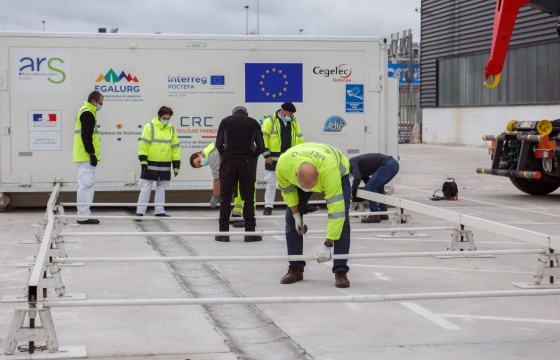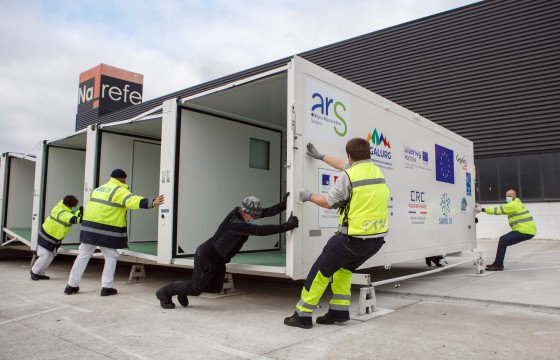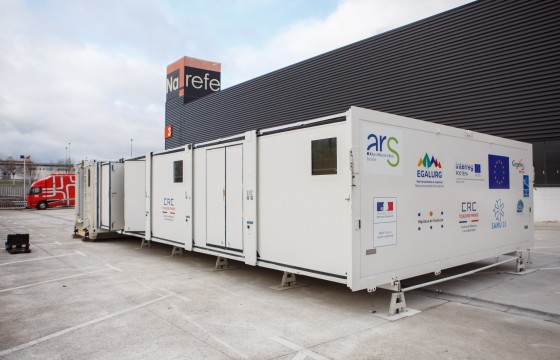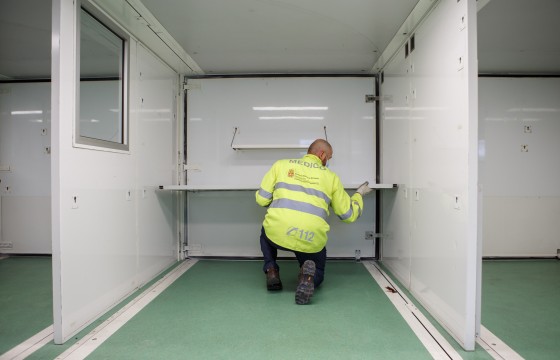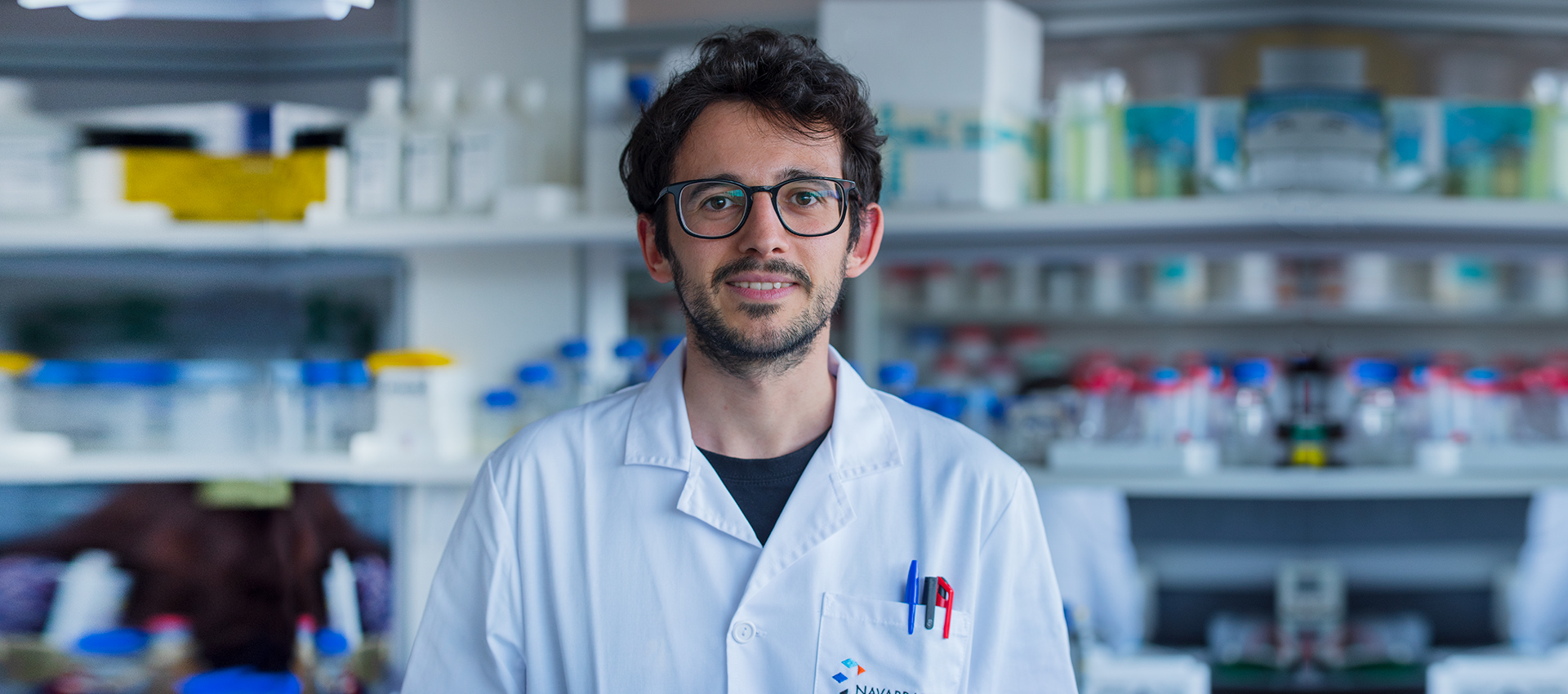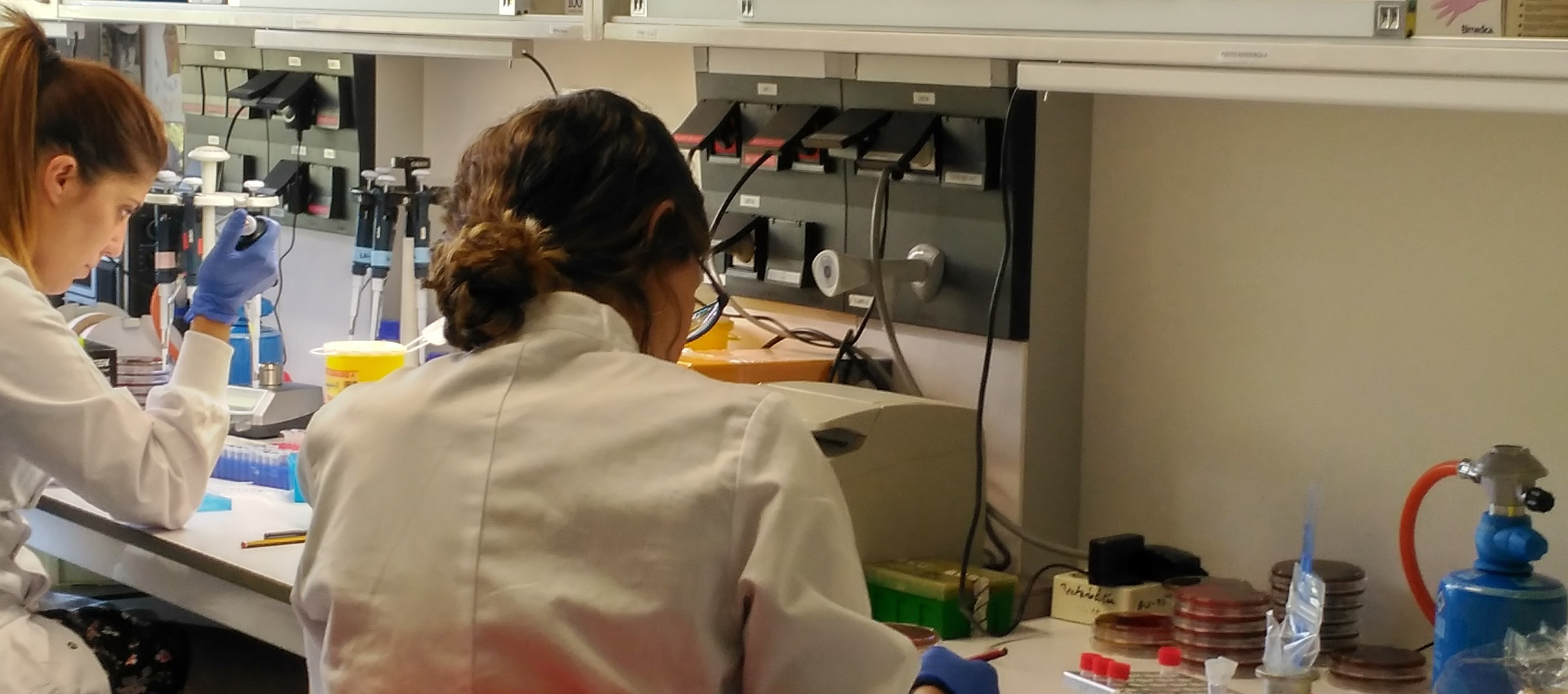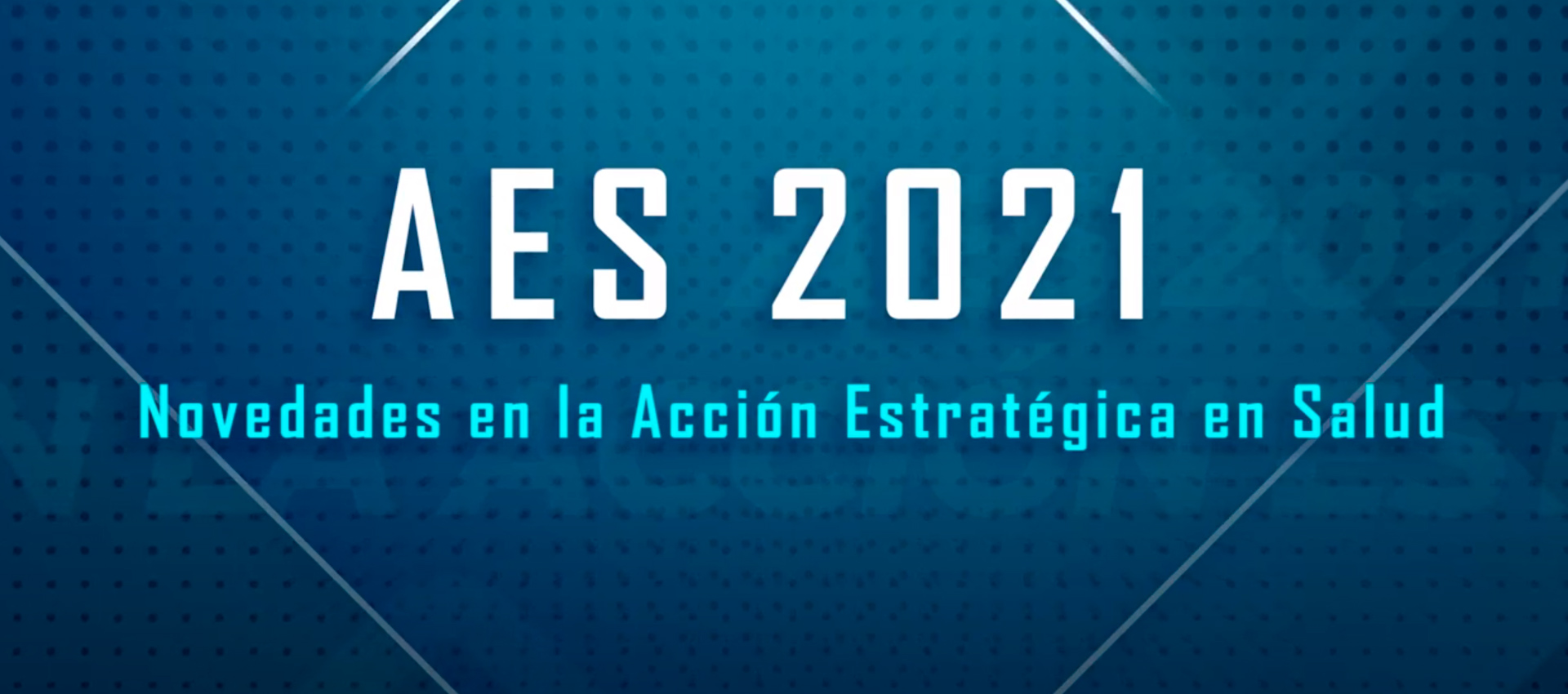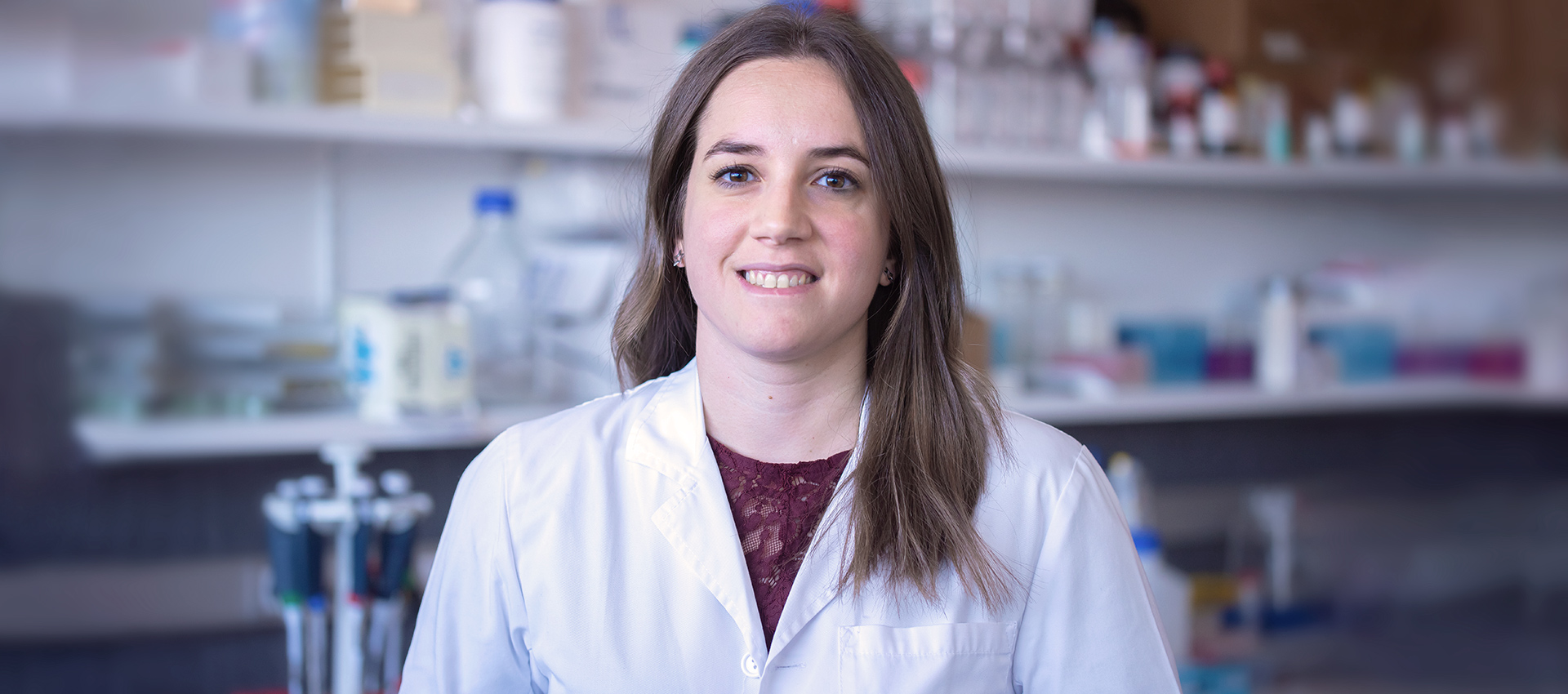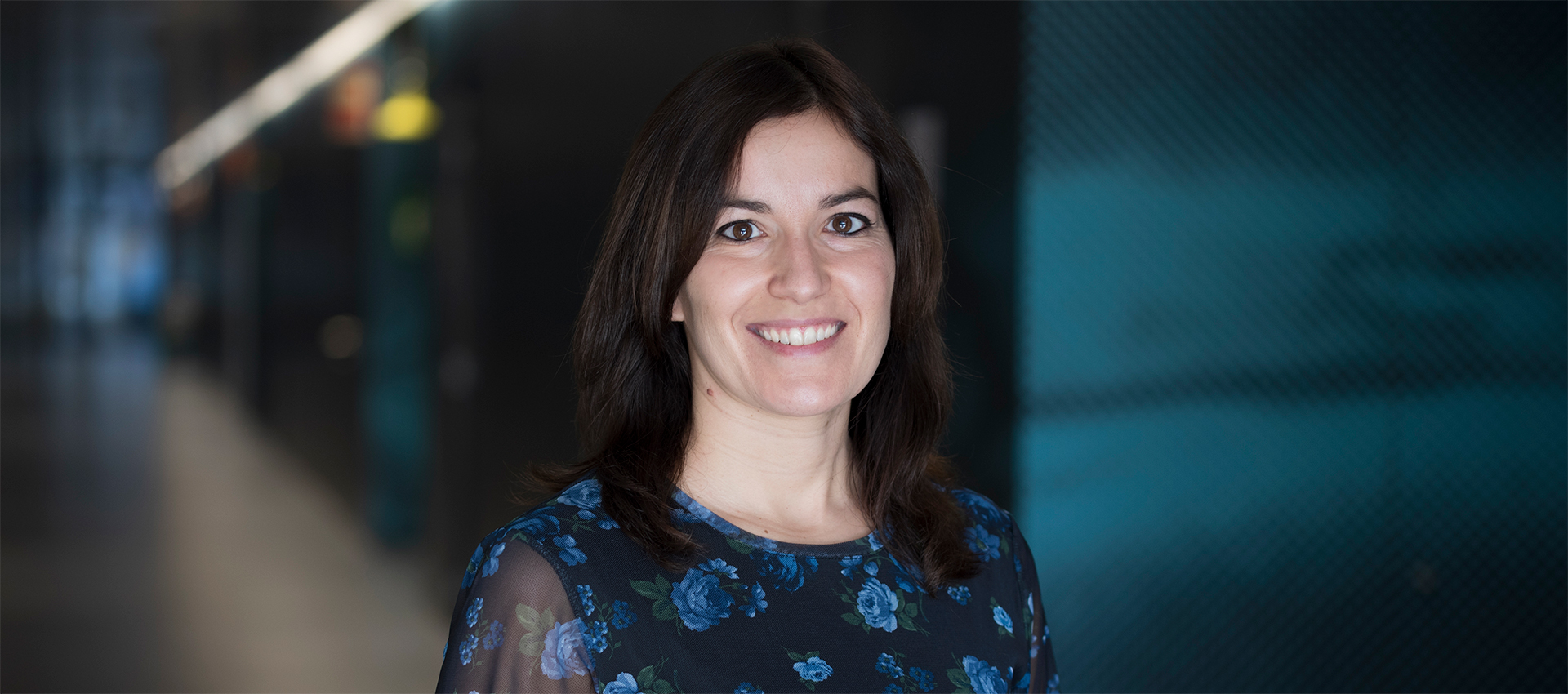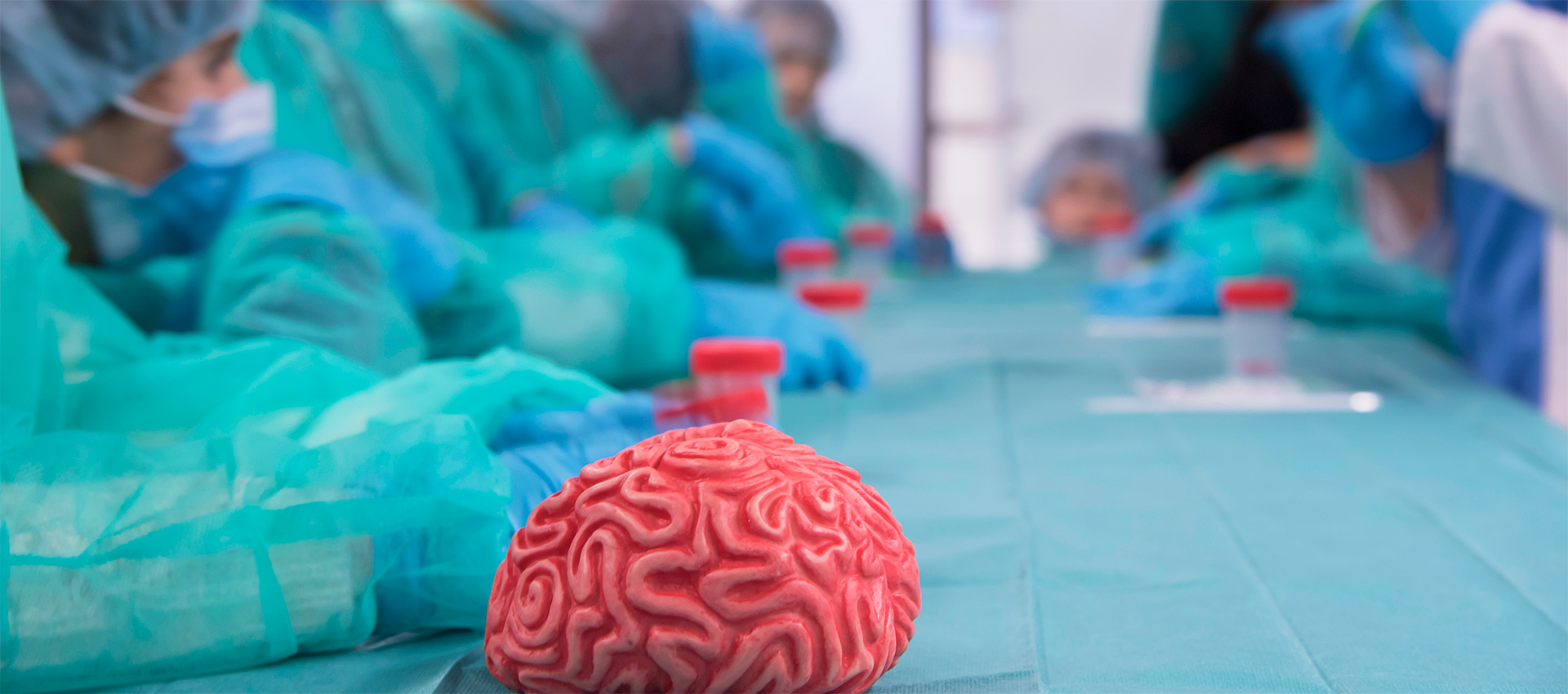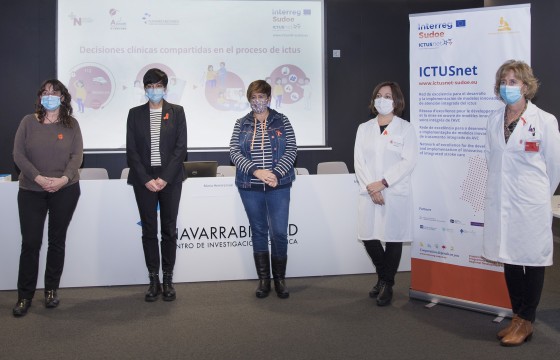CHN and Navarrabiomed professionals to take part in VASADIN and BILEBANK, two health economics projects in the New Aquitaine, Euskadi, Navarra Euroregion
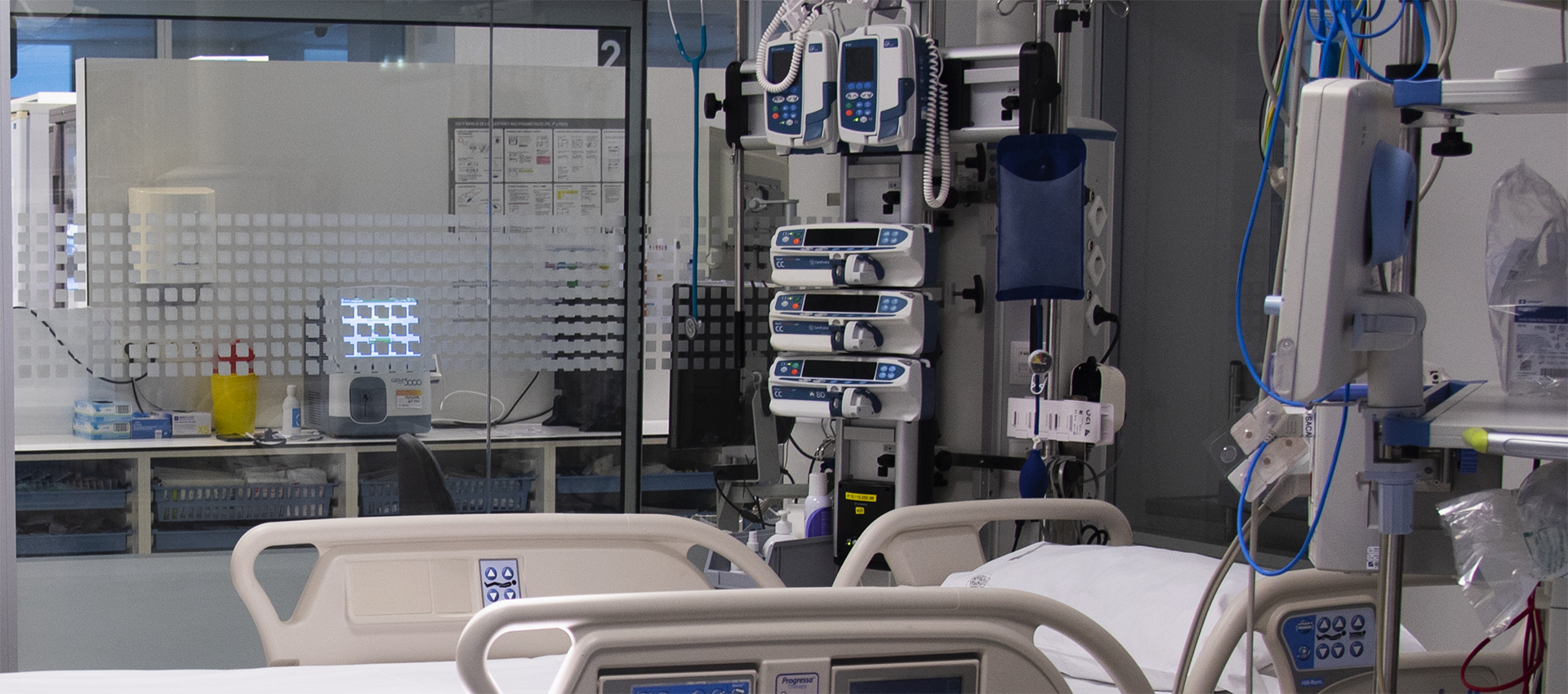
- The initiatives, which will be financed to the tune of €400,000, will cover sectors such as agriculture, as well as the agri-food industry, health economics, renewable energies and sustainable wood construction.
This morning, the Euroregion announced the seven projects shortlisted from the 24 candidates submitted through the 2nd Economy of Knowledge call for submissions, held in 2020, from the New Aquitaine, Euskadi, Navarre Euroregion, which will have a budget of €400,000. Three Navarre institutions will lead projects in the aerospace-aeronautics and agri-food industries, and health economics.
The call for submissions aims to bring together benchmark companies, from an area of activity that includes both universities and companies, to work on a project to develop Euroregional synergies and complementary initiatives between partners in the regions of New Aquitaine, the Basque Country and Navarre. A total of 12 representatives from Navarre will take part in this initiative, including companies, clusters and foundations.
The selected projects were announced at an online press conference attended by Mikel Antón, Director of European Affairs in the Basque Government; Mathieu Bergé, Regional Advisor in charge of the Euroregion and Cross-Border Cooperation; and Izaskun Goñi, Director General for Economic, Business and Labor Policies in the Navarre Government.
Selected projects
The selected projects will be developed in several different sectors: aerospace-aeronautics, agri-food, health economics, renewable energies and sustainable construction.
Navarre institutions will lead the three projects in the aerospace-aeronautics and agri-food industries, and health economics. Another four institutions will take part in the other projects.
In the Aerospace-Aeronautics Advanced Manufacturing area, the Euroregion has subsidized the VALIDDANTENNESS Project, led by the Navarre company ANTERAL, with the participation of NAITEC (Navarre), LAAM (LAAM aerospace additive manufacturing) (New Aquitaine), CTA Aerospace Test Laboratory (Navarre), Hegan Basque Aerospace Cluster (Basque Country) and Microlan Aerospace (Navarre). The project, which enjoys a €68,700 subsidy, will seek to explore and validate metal-based additive manufacturing techniques for antennas for space applications, specifically small satellites.
In agriculture and the agri-food industry, the project selected was AGROTIC HUB, led by the Navarre Agri-food Cluster - NAGRIFOOD, AGRI-SUD-OUEST (New Aquitaine) and the Basque Country Association of Food Clusters (Basque Country). The project, which received a €52,212 subsidy, will work to support the digital transformation of agri-food companies in all three regions through the creation of a cross-border resource hub that will make innovative solutions available to companies, especially SMEs.
In the field of health, the Euroregion will award €68,700 in financing to BILEBANK from the Foundation for Applied Medical Research, FIMA (Navarre), the Miguel Servet Foundation (Navarre), IIS Biocruces (Basque Country) and Université de Bordeaux (New Aquitaine). The Euroregion will also award €57,250 to VASADIN, submitted by the Biodonostia Institute Association (Basque Country), the Navarrabiomed-Miguel Servet Foundation (Navarre), ALLIS - NA and Automo'Lab (New Aquitaine).
The aim of BILEBANK is to set up a joint, functional biobank in the Euroregion for human bile samples (i.e., a bile bank) to refine the processes required for performing liquid biopsies of bile and to boost scientific and technological cooperation between partners. This pioneering project is the first European initiative to develop an international biobank for the systematic collection of human bile samples.
The VASADIN project seeks to define a healthcare model for the elderly that creates value and responds to real needs and health results, as recognized by the elderly themselves. Taking part are the Biodonostia Institute Association (Basque Country), the Navarrabiomed-Miguel Servet Foundation (Navarre), ALLIS - NA and Automo'Lab (New Aquitaine).
The renewable energy sector is represented by two projects: RENOVABLES, led by UPV-EHU ECLEDER (Basque Country), BCAM (Basque Country), ALERION TECHNOLOGIES (Basque Country), UPNA-ISC (Navarre), CENER (Navarre), NAITEC (Navarre), CATEDRA TRENT – Sciences Po Bordeaux (New Aquitaine), INRIA (New Aquitaine), IMB (New Aquitaine), and the HIDRO-TTIPI Project from Goiener S.Coop (Basque Country), Nafarkoop Energía S.Coop (Navarre) and I-ENER SAS (New Aquitaine).
The RENOVABLES Project, with a subsidy of €47,449, seeks to promote strategic cooperation between socioeconomic agents in the Euroregion in order to promote the blue economy around the Bay of Biscay. Its aim is to create a top-level development and training center in the field of marine renewable energy to become a benchmark hub of attraction in the marine environment in the Euroregion.
The aim of the HIDRO-TTIPI Project, which has received a subsidy of €67,287, will be to carry out a detailed study of the watermills in the Euroregion and identify the six most suitable examples for restoration or upgrading.
Finally, in the field of sustainable construction, the ERAKUSBIDEA project has received €54,410. The project, led by Eraikune Association of Construction Clusters of the Basque Country, the Association of Navarre Wood Entrepreneurs (ADEMAN) and Odéys (New Aquitaine), has the general aim of promoting and raising awareness about sustainable construction using wood and other natural materials within the Euroregion.
New Aquitaine, Euskadi, Navarre Euroregion Strategic Plan 2021-2027
Mathieu Bergé, the Regional Advisor for the Euroregion, used the occasion to announce that the New Aquitaine, Euskadi, Navarre Euroregion has begun work on drawing up its new Strategic Plan for the 2021-2027 period. Its main goals will include sustainability, digitalization, social cohesion and employment. It is due to be completed by spring 2021.
One of the new features of this plan is that the New Aquitaine, Euskadi, Navarre Euroregion aims to ensure that this strategy is implemented with a strong focus on participation to get people involved. A survey has therefore been prepared and is now available on the Euroregion website so people can leave their comments, thoughts and contributions on the challenges and priorities facing the Euroregion in the future.

